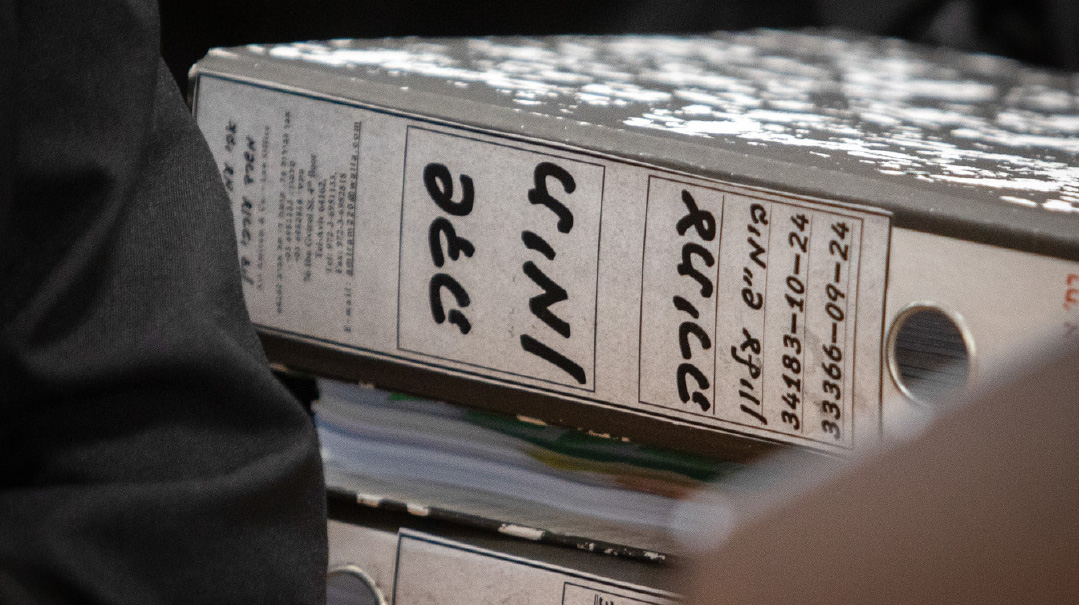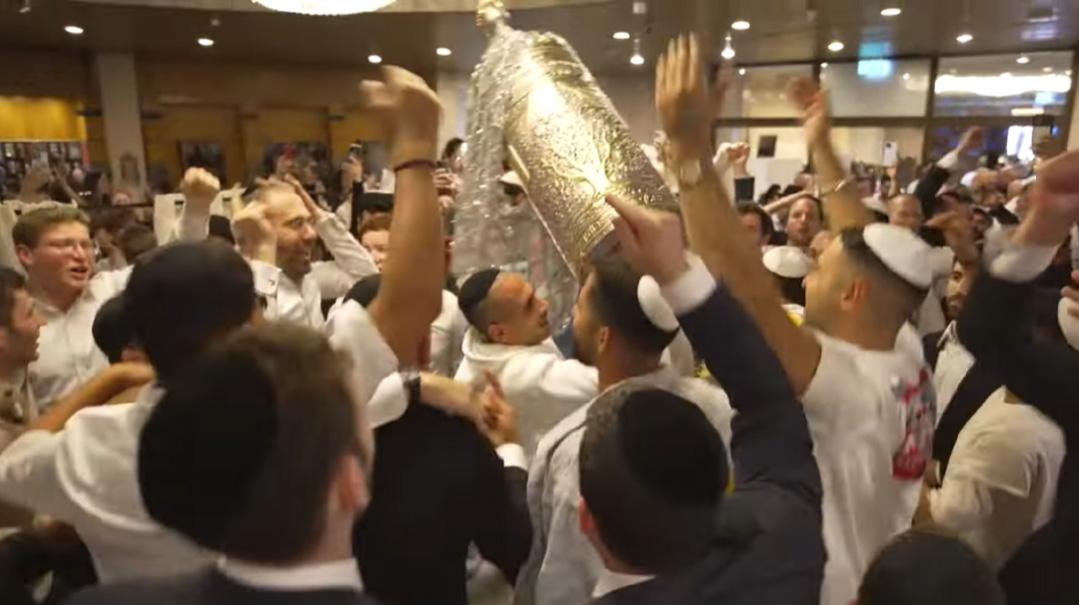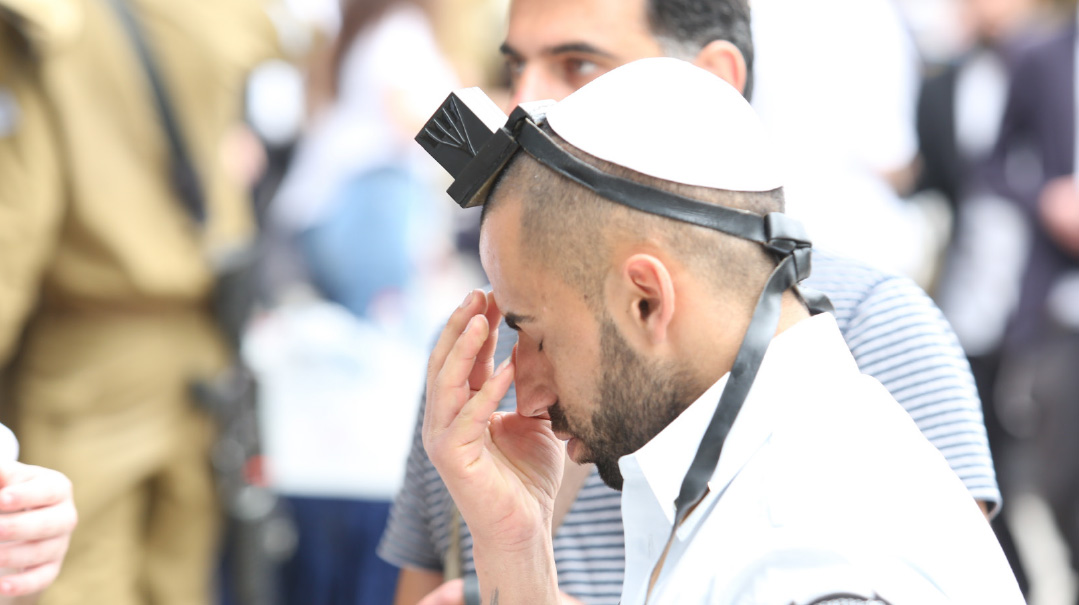Savoring the Memories


G reat historical events give birth to great works of history and the Six Day War is no exception. Michael Oren’s Six Days of War: June 1967 and the Making of the Modern Middle East is a magisterial survey of the political and diplomatic background leading up to the war and throughout the fighting. Oren draws on all the relevant archives: Hebrew Arabic English and Russian.
Abraham Rabinovich’s The Battle for Jerusalem must rank with the most gripping military histories ever written. In his account of the battle for Ammunition Hill for instance Rabinovich makes clear how large a part heroism continues to play even in an era of highly mechanized armies. The crucial defeat of the Jordanian forces came at a very high price. Among Israeli troops the casualty rate of killed and wounded was 50 percent; among officers over 70 percent.
Junior officers led the men under their command around every bend in the Jordanian trenches and exposed themselves first to Jordanian fire. When they fell others picked up their weapons and carried forward. As Rabinovich writes:
The loss of their leader stunned most of Eliashiv’s men into helplessness. They gathered in the dark trench and debated what to do. From the paucity of their briefing they had no idea of the shape of the defenses or what their objective was. All they knew was that since they had set foot on the hill half their number had been killed or wounded – mostly killed – and that an enemy who knew the ground was waiting for them.
Haimovitch did not wait. Laying down his bazooka on the trench floor he unslung his rifle and started forward. With movement on both flanks stalled the Israeli assault on the most powerful Jordanian position in Jerusalem had come down to a single frightened private willing himself to move forward into a black maze of trench networks certain he would be dead before he had taken five steps. One of the other soldiers started to follow him and then another.
Yehuda Avner then a young diplomatic aide to Prime Minister Levi Eshkol provides in The Prime Ministers a riveting fly-on-the-wall account of the pressures on Eshkol as the public and top military brass clamored for war after Nasser’s closure of the Straits of Tiran. In a public radio address meant to calm the nation Eshkol who was suffering from a bad cold and could barely read the heavily marked-up text in front of him ended up sounding panicked.
So unnerved was the public that Eshkol had no choice but to take Moshe Dayan into the cabinet as defense minister and to offer the premiership back to David Ben-Gurion. Yet the restraint of the uncharismatic Eshkol made him one of the war’s heroes. Because he heeded American warnings against initiating hostilities for so long Eshkol was able to win the crucial commitment from American president Lyndon Johnson months after the fighting concluded to rearm Israel even as the Soviets were resupplying Arab armies to the hilt.
Avner also details the discussions over whether to launch an assault on the Old City. Dayan argued that a frontal assault would be too costly in casualties. Another minister feared that even if Israel captured the Old City it would be immediately pressured to turn the area over to international control. But finally Minister Without Porfolio Menachem Begin succeeded in persuading his cabinet colleagues including many lifelong political foes not to miss the historic opportunity of regaining Jewish sovereignty over the Temple Mount.
RABBI EMANUEL FELDMAN’S The 28th of Iyar [a portion of which is excerpted in this magazine] does not aim at the sweep of the aforementioned works. It is Rabbi Feldman’s private diary from the tense weeks leading up to the war to its exultant conclusion. But it is a fascinating read and we can all be very grateful to Rabbi Feldman — then a congregational rav in Atlanta spending his sabbatical year in Bnei Brak — for sharing it with the public and to Feldheim Publishers for once again publishing it on the 50th anniversary of the war.
Rabbi Feldman enables us to experience the Six Day War largely through the eyes of the Torah-observant public — the rumor-mongering in the famous Itzkovitz minyan at the Bnei Brak bus station a shmuess of Rav Chatzkel Levenstein in the darkened Ponevezh beis medrash etc.
Rabbi Feldman’s characteristic wry wit and sharp-eyed observations are on ample display. And there is not a trace of bravado about the decision to remain with the Feldman five children even as 8 000 American citizens — many of them in Israel for years — headed for the exits.
One surprise is the degree to which the citizens of Bnei Brak were full participants in the preparations for war. The book opens with call-up of reservists at least one as he was making Leil Shabbos Kiddush for his family. Soon the streets are empty of military-age men. On the Shabbos before the outbreak of fighting two weeks after the call-up of reservists began the streets of Bnei Brak are filled with uniformed men in beards and peyos walking with their families.
Reb Emanuel muses about the contrast between the efficiency of the mobilization of reserves and every other encounter with a government office which inevitably involves waiting in multiple lines — sometimes the same line twice — only to find that it is time for the clerk’s tea break when one’s turn finally arrives.
He captures the dread of those days prior to the war when tens of thousands of graves were dug for the expected casualties. Holocaust survivors despaired at the thought that once again the world seemed prepared to abandon the Jews. When the United States denied that it had committed to gathering an international flotilla for reopening the Straits of Tiran to Israeli shipping “the age-old agonizing truth” dawns: “No one in the world really cares about Israel.”
The neighbor whom Rabbi Feldman engages in conversation as she sweeps the sidewalk in front of their building asks rhetorically “What do they want from us. In Europe I lost my sisters my brothers. I’m the only one left. Why won’t they let us be?”
Carlebach the proprietor of one of Bnei Brak’s most bustling seforim stores now virtually empty tells Rabbi Feldman “They just slaughtered us and killed us all out a few years ago. We who were left — human rags — came here. For a little peace… I’m not afraid of dying of being killed but the wrong of it all the sheer injustice the brutality of this world of ours I am sick. Sick at heart.”
But there is also the “latent religiosity” of that average Israeli that becomes more evident in times of crisis. When not using his car to help deliver letters for the Bnei Brak post office Rabbi Feldman is busy picking up hitchhikers. A Yemenite woman who lost a son in the 1956 Sinai campaign epitomizes rock-hard faith: “G-d is good and I trust in Him to do what has to be done even if to us it might seem bad.”
Another hitchhiker who is quick to make clear that he is not religious nevertheless assures Rabbi Feldman “I want no other place and I will die to stay in this place. But I will not have to die because G-d wants us to live I am sure.”
Best of all however is the quotation from Yeshayahu (52:9) on the masthead of the decidedly not-religious newspaper Yedioth Ahronoth following the capture of the Old City: “Break forth in song shout together O ruins of Jerusalem; Hashem has comforted His people He has redeemed Jerusalem.
They Will See Through Us
Rabbi Moshe Shachor the director of the men’s division of Kesher Yehudi’s program with 11 pre-military academies recently received a surprising phone call from one of the participants. The latter told him that he had decided to leave the mechinah and to transfer to a yeshivah in Nokdim for a year prior to starting his military service.
He expressed a desire to concentrate on Gemara learning and Kuzari and the hope that in a non-coed environment it would be easier for him to focus and to change his direction in life.
In his conversation with Rabbi Shachor the young man mentioned his conversations with the avreich with whom he has been learning monthly and the Shabbaton the entire mechinah recently spent in Ramat Beit Shemesh in the homes of their chavrusas as crucial factors in his decision.
A nice story to be sure. But I want to bring out another point besides the power of this particular program. Rabbi Shachor told me that the avreich in question had wanted to quit the program after the first couple of meetings. He felt that as a “standard issue yeshivah product” he had no special preparedness to answer questions in emunah. Nor did he feel that he was sufficiently articulate to make a good impression. Only because he had made a yearlong commitment as a volunteer for the program was Rabbi Shachor able to persuade him to remain.
And again before the Shabbaton the young avreich had worried about hosting his chavrusa and another friend: How would his children behave? What would they speak about during the long Shabbos meal? Yet not only had the meal gone well but the two chavrusas learned Gemara for a long time on Shabbos afternoon in the nearby shul.
As it happens two of my sons also participate in the same program and had hosted their chavrusas the same Shabbos. So naturally I shared with them news of the dramatic decision that had resulted from the Kesher Yehudi program.
One of my sons mentioned that he had indeed wondered at the beginning of the year how the avreich in question would fare in the program. He seemed the most “Bnei Braki” of the group and somewhat more closed than the other avreichim in the program. And yet he was the one who ended up having the largest impact.
In that lies a lesson for all of us who might think we lack the charismatic personality necessary to have an influence on our fellow Jews. It is not how articulate we are nor how learned. It is a question of how much we care about our fellow Jews.
As Rabbi Meir Schuster’s almanah once told me “The young people he picked up at the Kosel saw through him.” They saw through his shyness his total lack of charisma and sensed how deeply he cared about them.
Originally featured in Mishpacha Issue 661. Yonoson Rosenblum may be contacted directly at rosenblum@mishpacha.com.
Oops! We could not locate your form.







